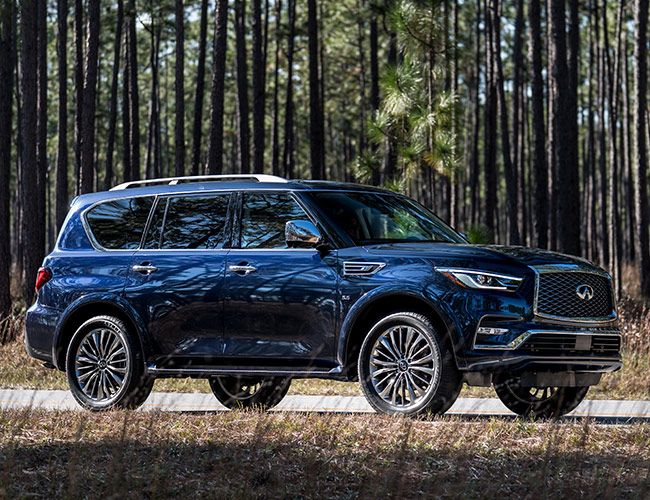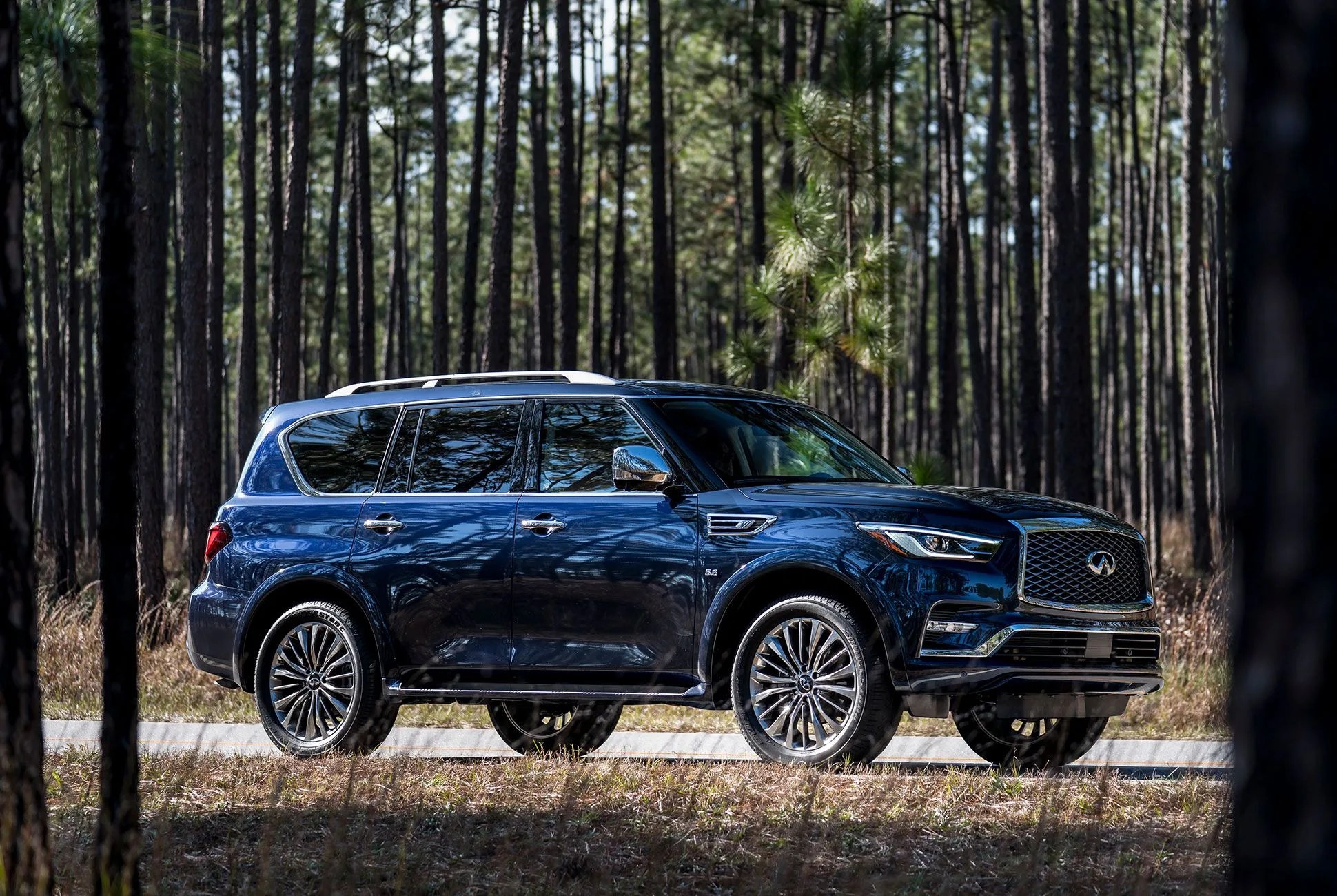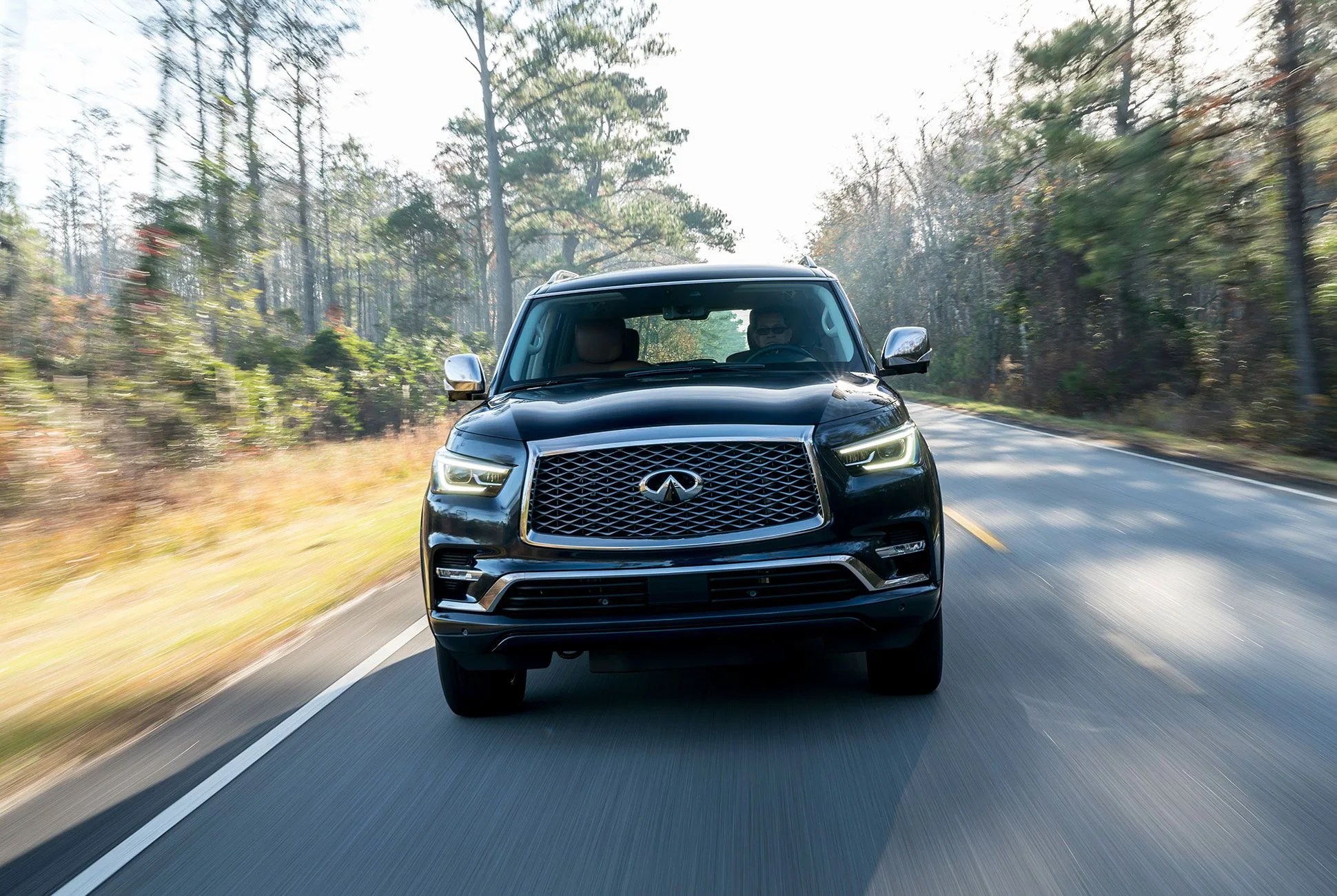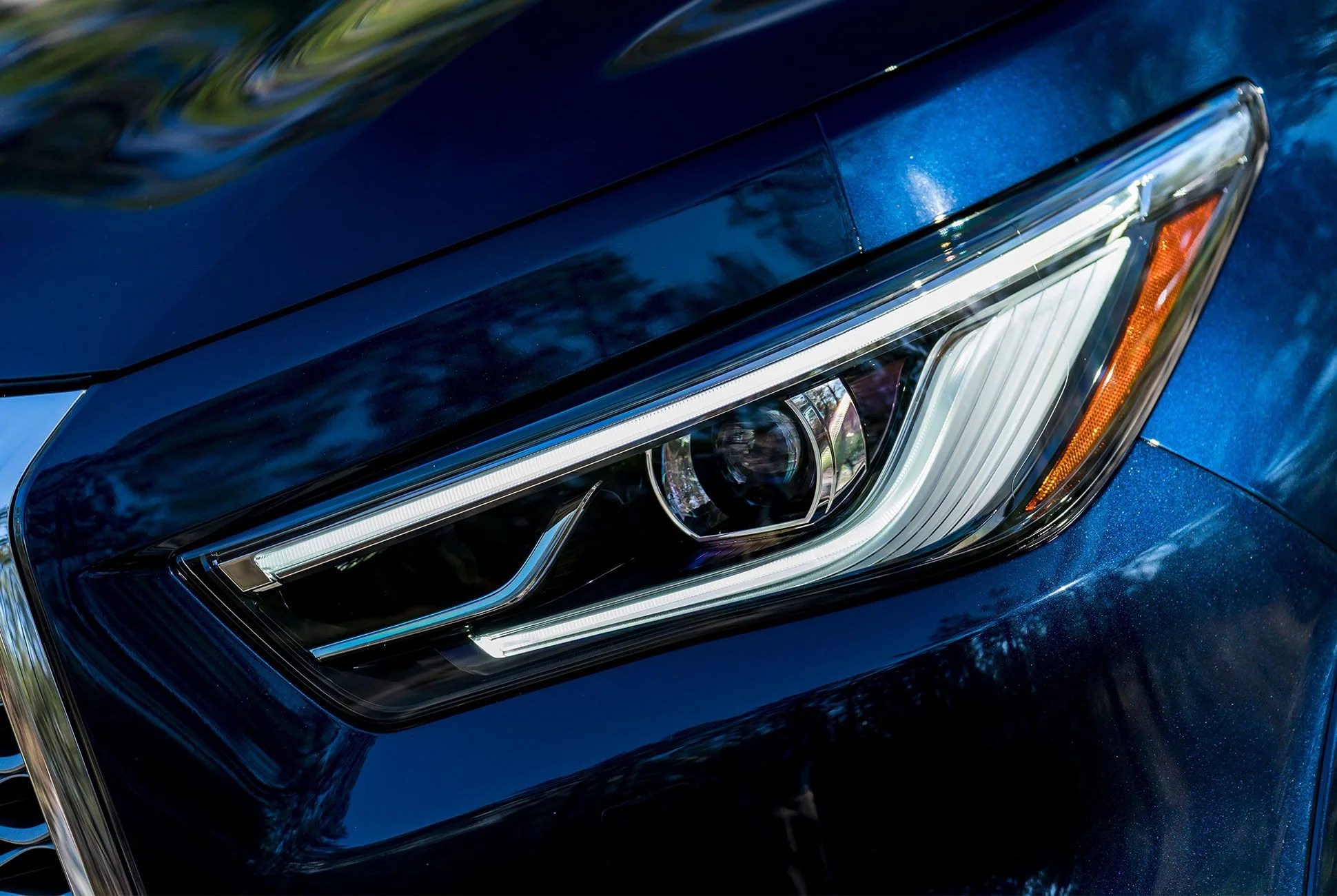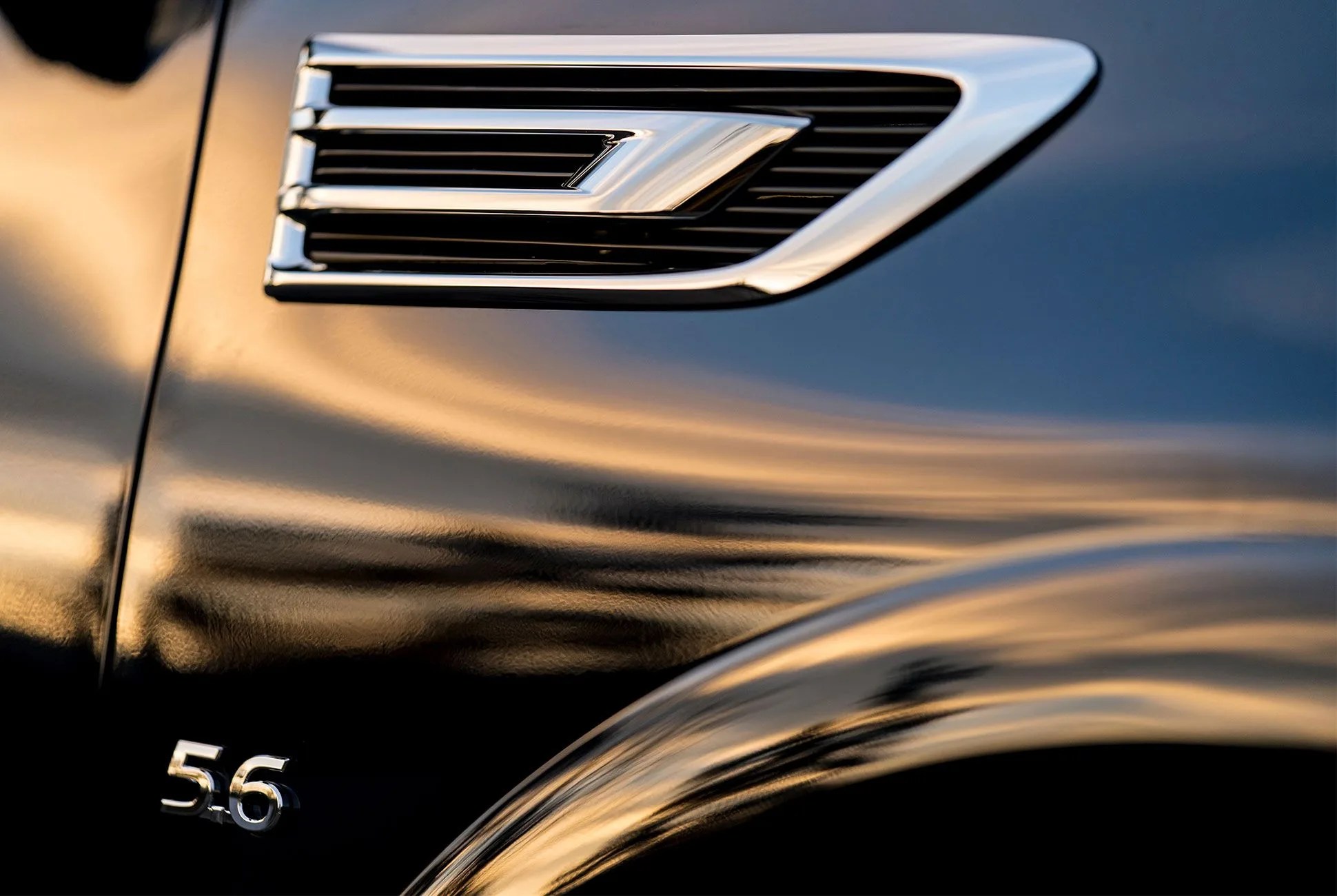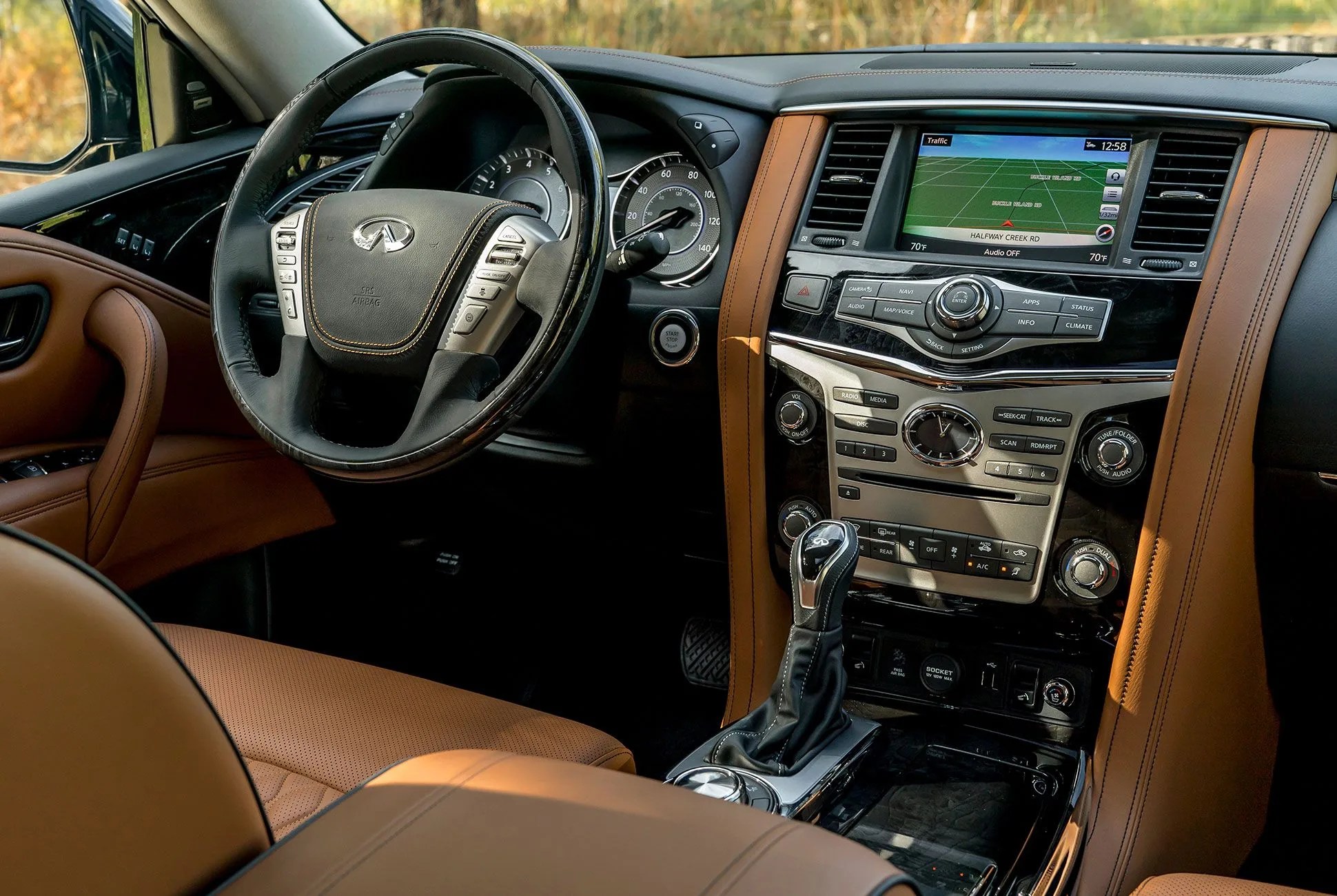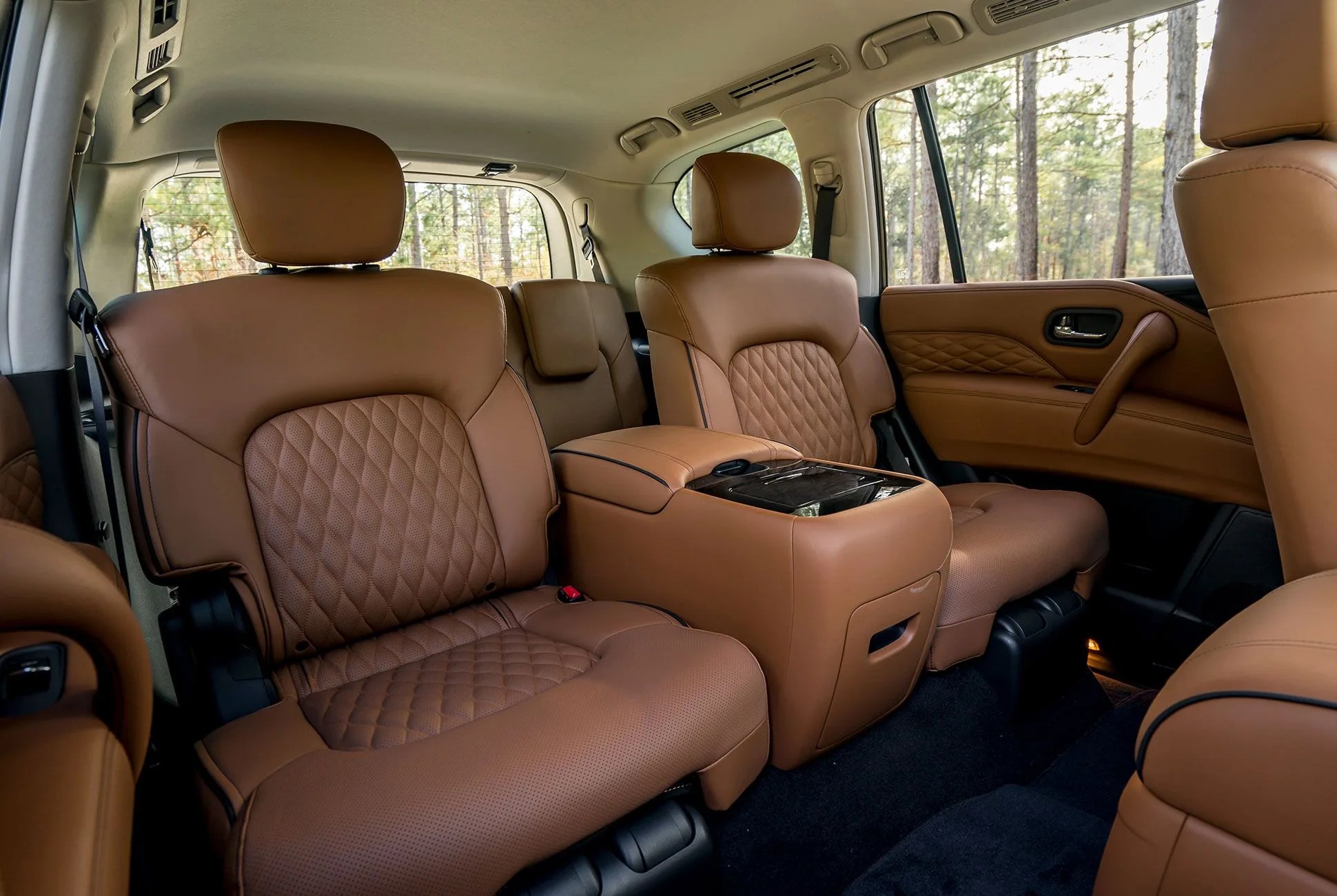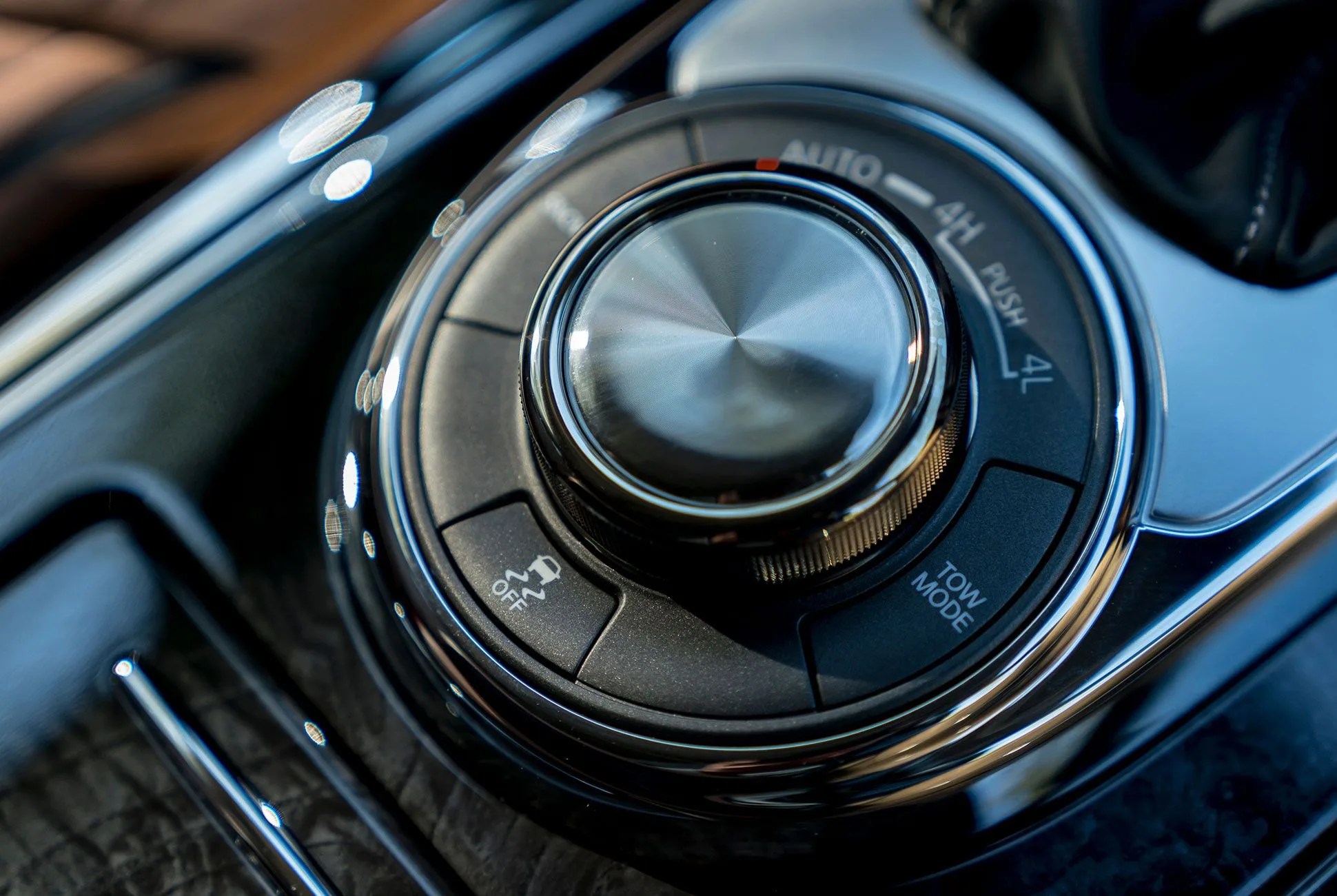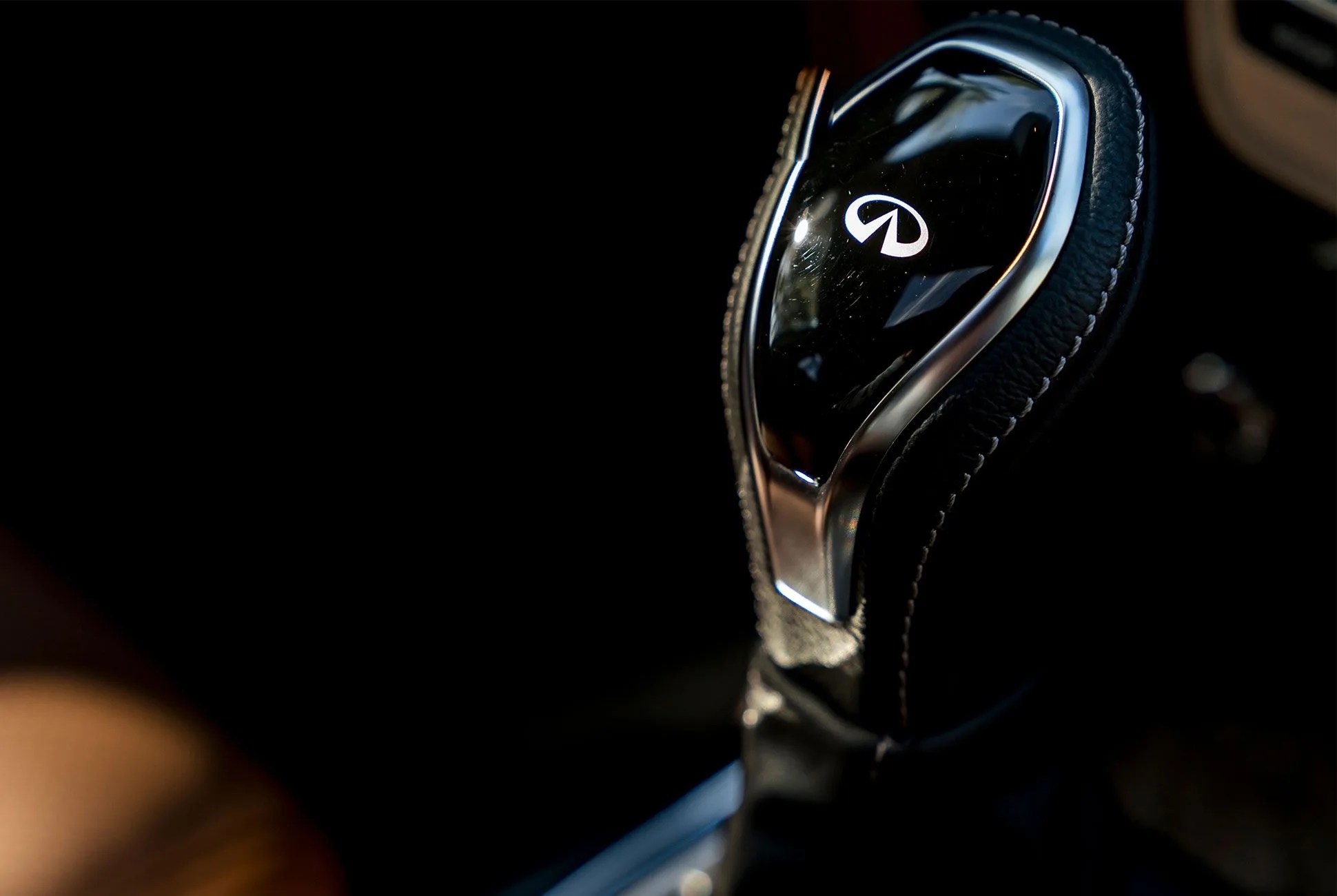13 photos
Infiniti’s range-topping QX80, a full-size SUV competitive with the likes of the Mercedes GLS series, the Lincoln Navigator and Cadillac Escalade, scores a much-needed mid-cycle refresh for 2018. Though the exterior has received a solid tightening up — smoothing out some billowiness, raising the headlights to a more authoritative position — the real story is the interior, which lavishes passengers in rich colors and textures and provides a roominess for all three rows. This is key to Infiniti’s assertion that the car provides “inclusiveness” for the passengers in terms of the distribution of luxuriousness and other amenities to everyone in the car, not just the front-seaters.
Verdict:
The massive machine’s smart exterior design gives it a far more sophisticated and subtle presence than the previous QX80, which unfortunately was my least-favorite big hauler based on looks alone. But by bringing up those headlights, tweaking the grille and sharpening the transition to the hood, the SUV gains some much-needed panache. Road manners are also improved, with new tuning that smooths out the ride and, in particular, levels the car nicely in the turns. This comes via Hydraulic Body Motion Control (HBMC), which generates the kind of mature and capable road-handling that all big SUVs seem to be going for this year. It’s also far less bouncy in general — another unpleasant trait that many full-sized SUVs seem to possess.
2018 Infiniti QX80
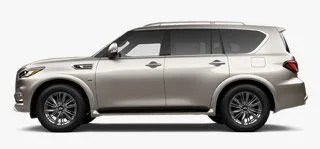
Engine: 5.6-liter V8
Transmission: seven-speed automatic
Horsepower: 400
Torque: 413 lb-ft
0-60: 7.5 seconds
Weight: 5,675 lbs
Price (MSRP): 2WD: $64,750; 4WD: $67,850
